How to turn off the iMessage tooltip indicator so others don’t know you’re currently active in a chat

Apple’s iMessage is one of the main reasons for using an iPhone, and you can do a lot in chats without being too complicated. But there’s one issue that continues to drive people crazy, and that’s the blue typing indicator with moving ellipsis (•••). Can you stop it? Not officially, but there are workarounds.
Aside from the fact that message bubbles are blue instead of green, the input bubble is one of the most iMessage-like features that some users would never think to hide. But for other users, it’s just annoying, and it’s easy to see why.
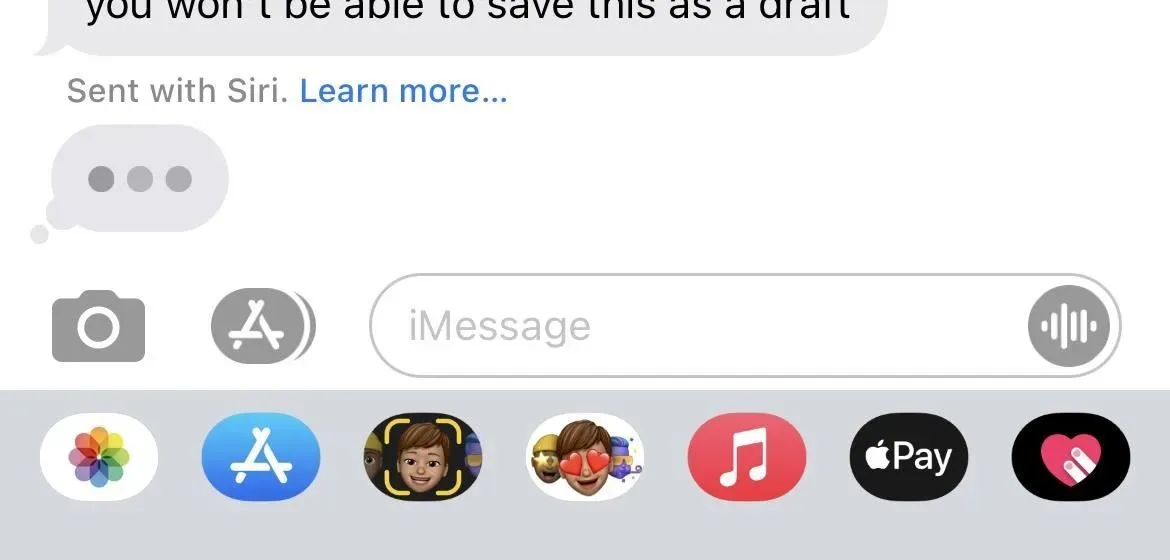
Why should you be able to hide it
When you’re in an iMessage conversation and you see tooltips appear, you can wait until they’ve sent their message before saying anything else. Because the typing indicator appears for up to 60 seconds, whether they keep typing or stop typing, it can feel like a long wait and then just “poof” disappears.
Yes, they could still type, and you could wait and wait with increasing anticipation, but you might never see what they were typing, which made the conversation thread one of the most frustrating aspects of your day. The ellipsis when typing (•••) might disappear shortly after typing if they delete everything and go back to the chat list to mention one example, but it might still make you believe something is coming your way.
If you don’t want others to feel the same way, make sure you don’t add this warning to your conversation. Also, if you skip it, it saves you the hassle of replying immediately, and you can act like you haven’t seen their message until you’re ready to send your reply.
There is no on/off switch for the input indicator as there is for “Send read receipts”, but there are a few easy workarounds.
Option 1: Disable iMessage Temporarily
First, you can go to Settings -> Messages, then disable “iMessage”, but this can mess up iMessage if there are any errors. If you have the guts and want to experiment with it, go ahead. After turning off iMessage, enter your message, turn iMessage back on, and send the message when you’re ready.
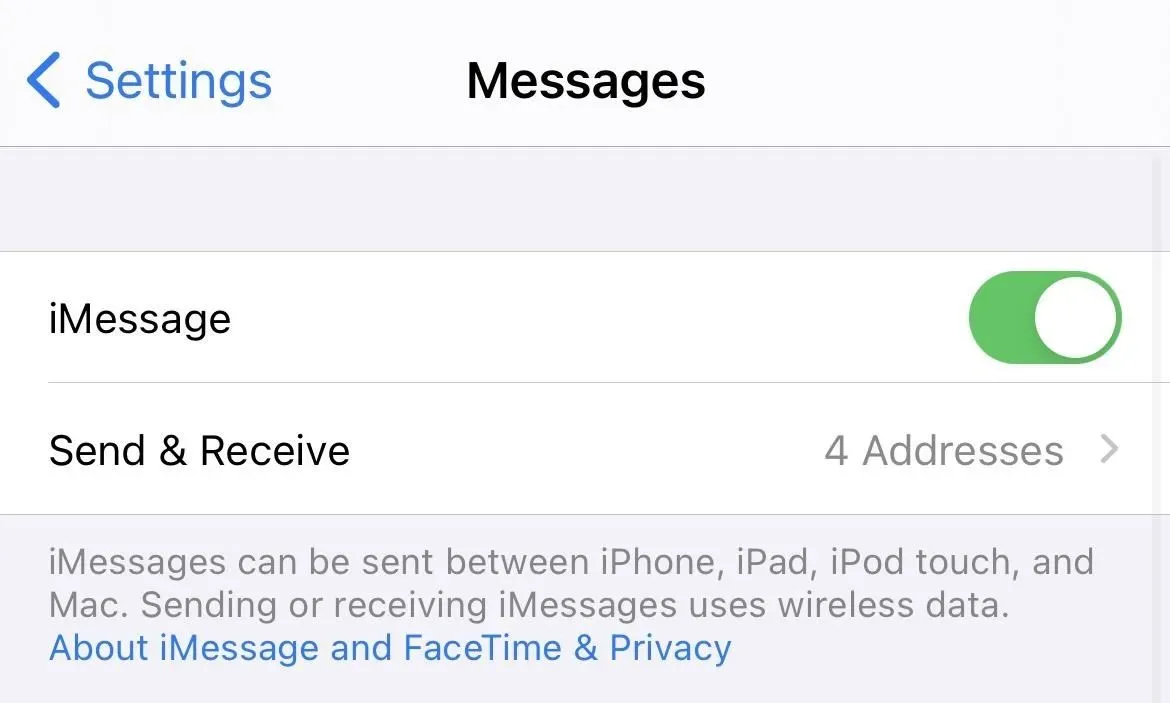
Option 2: Turn on Airplane Mode Temporarily
Another way to keep Apple’s servers from knowing what you’re typing is to turn off your connection. From the Control Center, you can turn off cellular data and Wi-Fi, but it’s much easier to just hit the Airplane Mode button, which turns off both radios.
You can then enter the iMessage thread without worrying about impersonating yourself. Once you start typing, you can go back to Control Center and disable Airplane Mode, then go back to the message and keep typing and the ellipsis bubble still won’t show up on the other end.
This works because the Messages app only sends an input signal to the recipient after the first character, so if there are already characters in the field when you were offline, it won’t send an indicator to them.
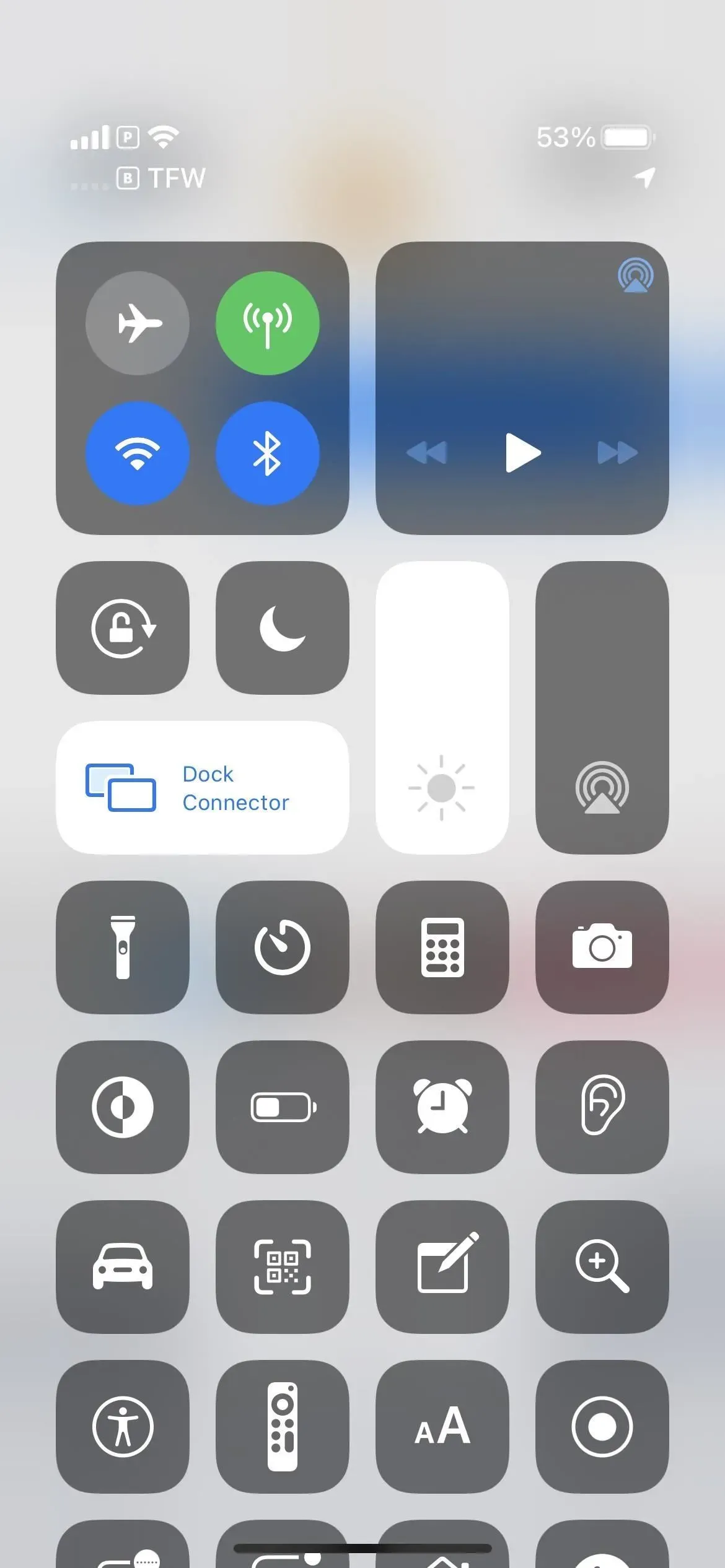
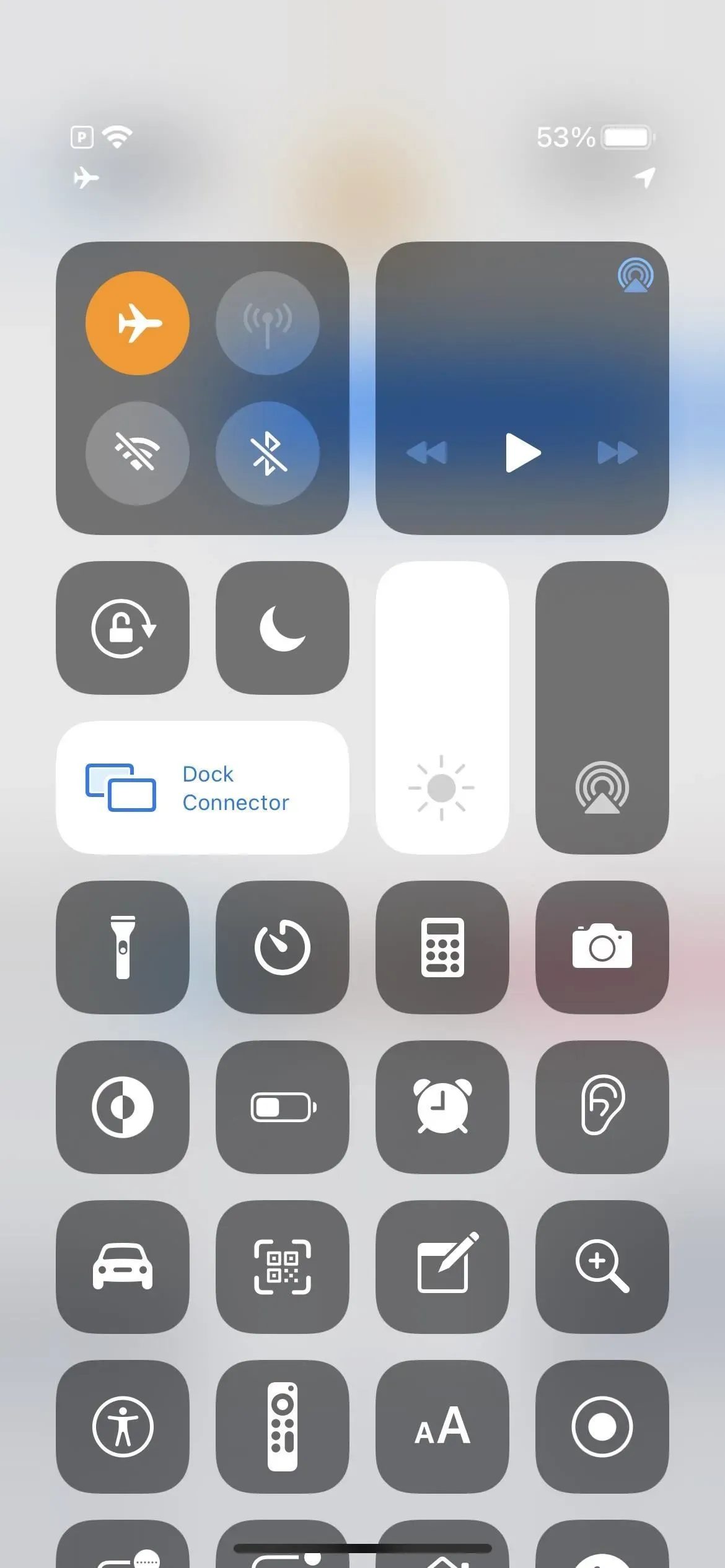
Option 3: Start a new topic
One tricky way to prevent your activity from showing up in a popup is to exit the current thread you’re in, click the New button in the Messages list to start a new iMessage, and start typing your message. Because iOS doesn’t yet know who you’re sending a message to, it won’t show any input indicators to anyone. When you’re ready, add a contact and send.
However, the only inconvenience about this is that it won’t be saved as a draft in the iMessage thread, so you’ll either have to send it right away or discard it.
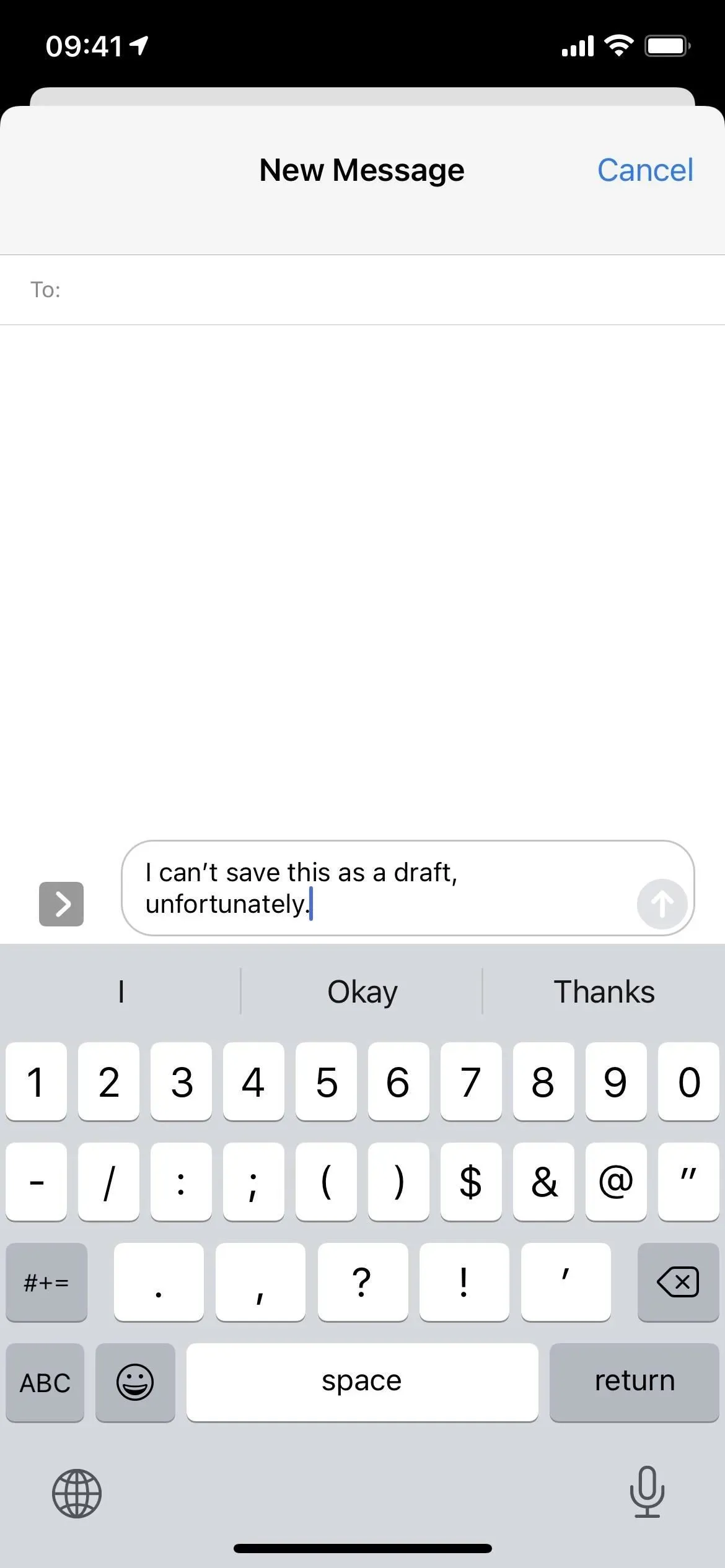
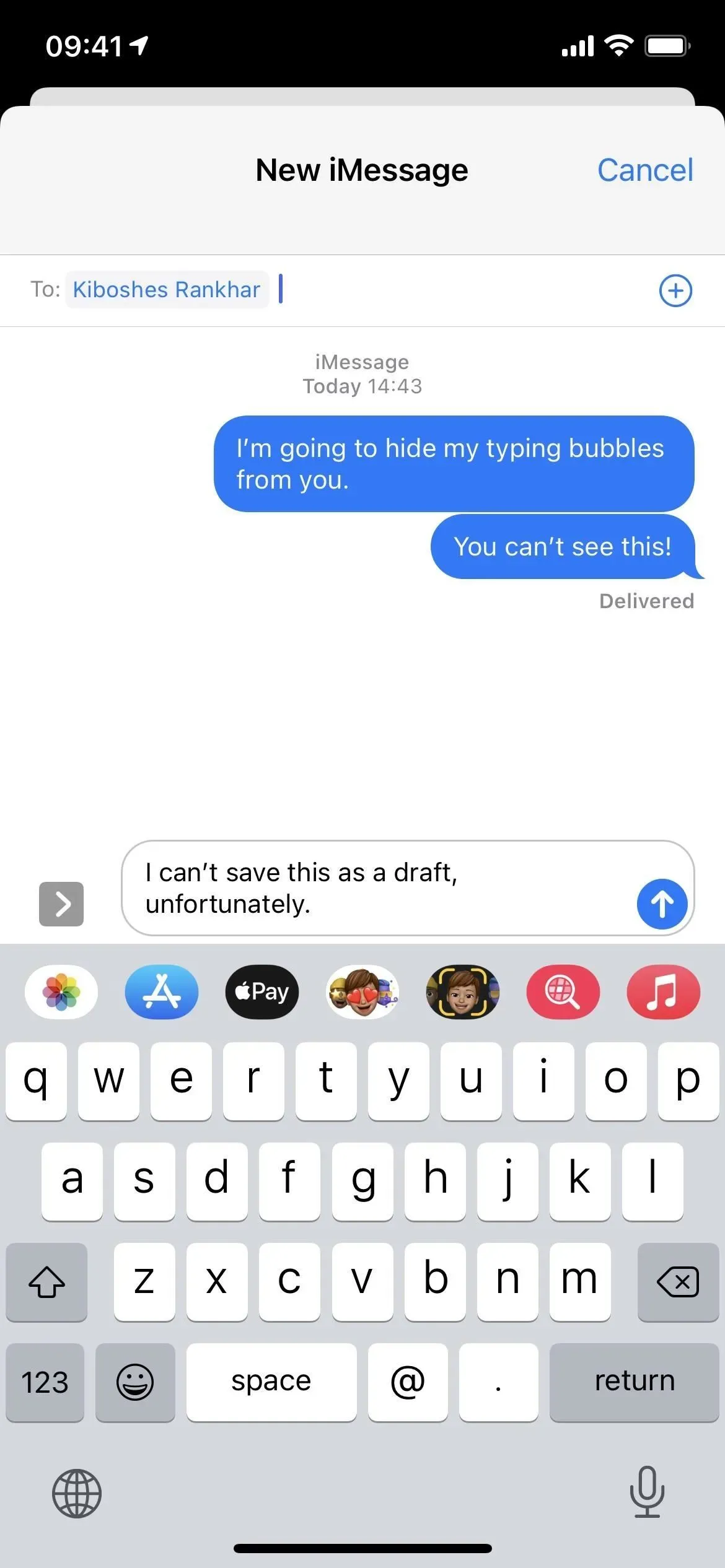
Option 4: Delete the theme and start over
This method is only a good option if you don’t mind erasing everything on the current thread. Texts, photos, videos, links, locations, documents and other data will disappear if you do not save them first.
To get rid of a thread, swipe left on it from the main message list until it disappears from the screen. You can also swipe left a bit and click the Delete button. Or you can press and hold on the thread, press “Delete”and then “Delete”again. You can even tap the ellipsis icon (•••), then select messages, mark the thread, and tap delete.
Then click the compose button to create a new iMessage, add a contact, and start typing. Since this is a new thread on your side, they won’t receive any typing alerts on their side, whether from the post list or within the thread itself. This way you can add a contact before or after you start typing – it doesn’t matter here as in option 3 above.

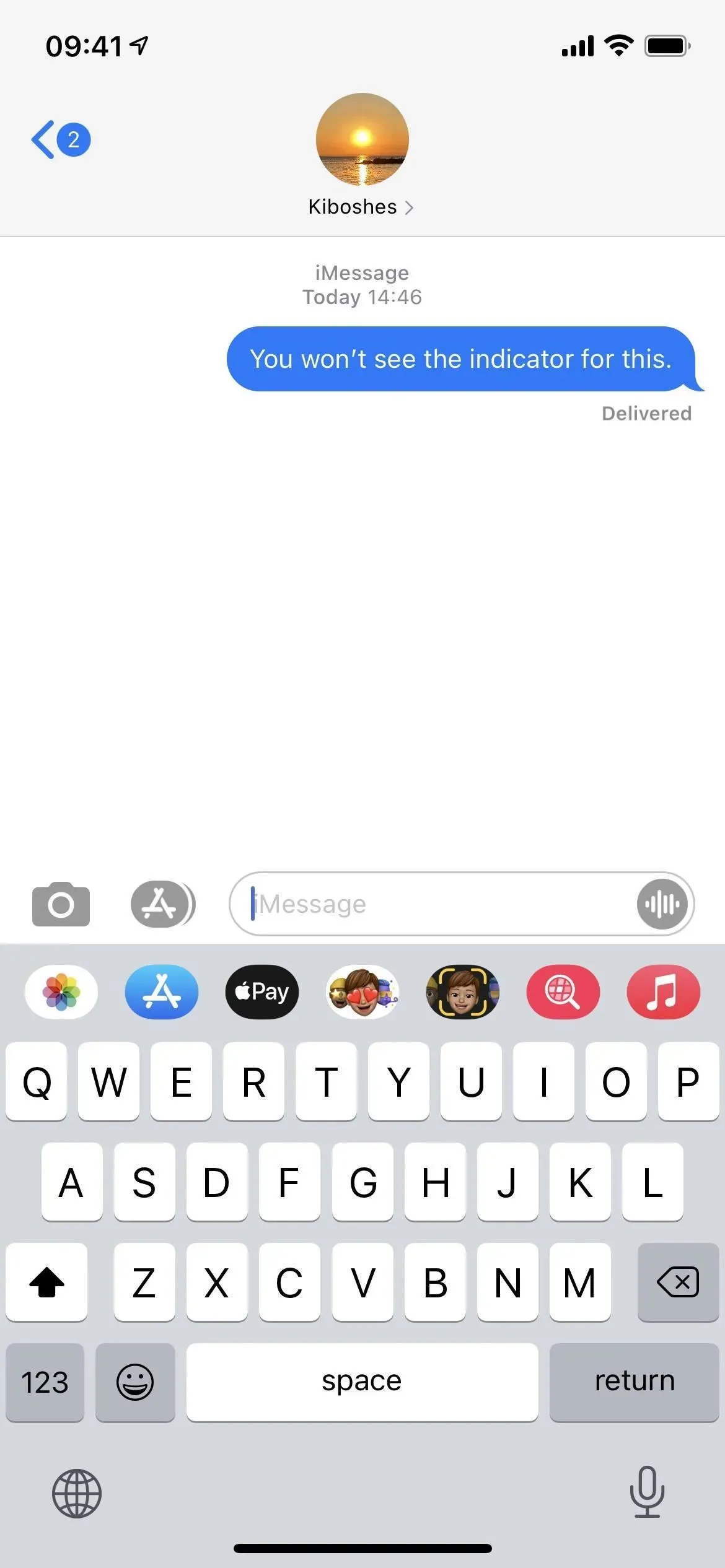
Option 5: Use Siri to Type a Message
You can also invoke Siri from the iMessage thread you’re on and tell it what you want to type. Press and hold the side or home button, or say “Hey Siri,”then say “Type your message”and say your message. When you’re done, Siri will ask who you want to send it to; say the name of the contact. Then say something like “Yes”, “OK”, or “Send”when asked if you’re ready to send it. (In iOS 16, you can have Siri automatically send your messages without you having to confirm that you want to.)
You can also start by saying “Send a message to [contact name]”and then formulate your message before Siri sends it. In any case, it works. However, as with the last two options, it won’t let you save it as a draft in an iMessage thread, so you’ll either need to send it before Siri closes or forget about it.
Messages sent using Siri will say “Sent using Siri”on the recipient’s side, FYI.


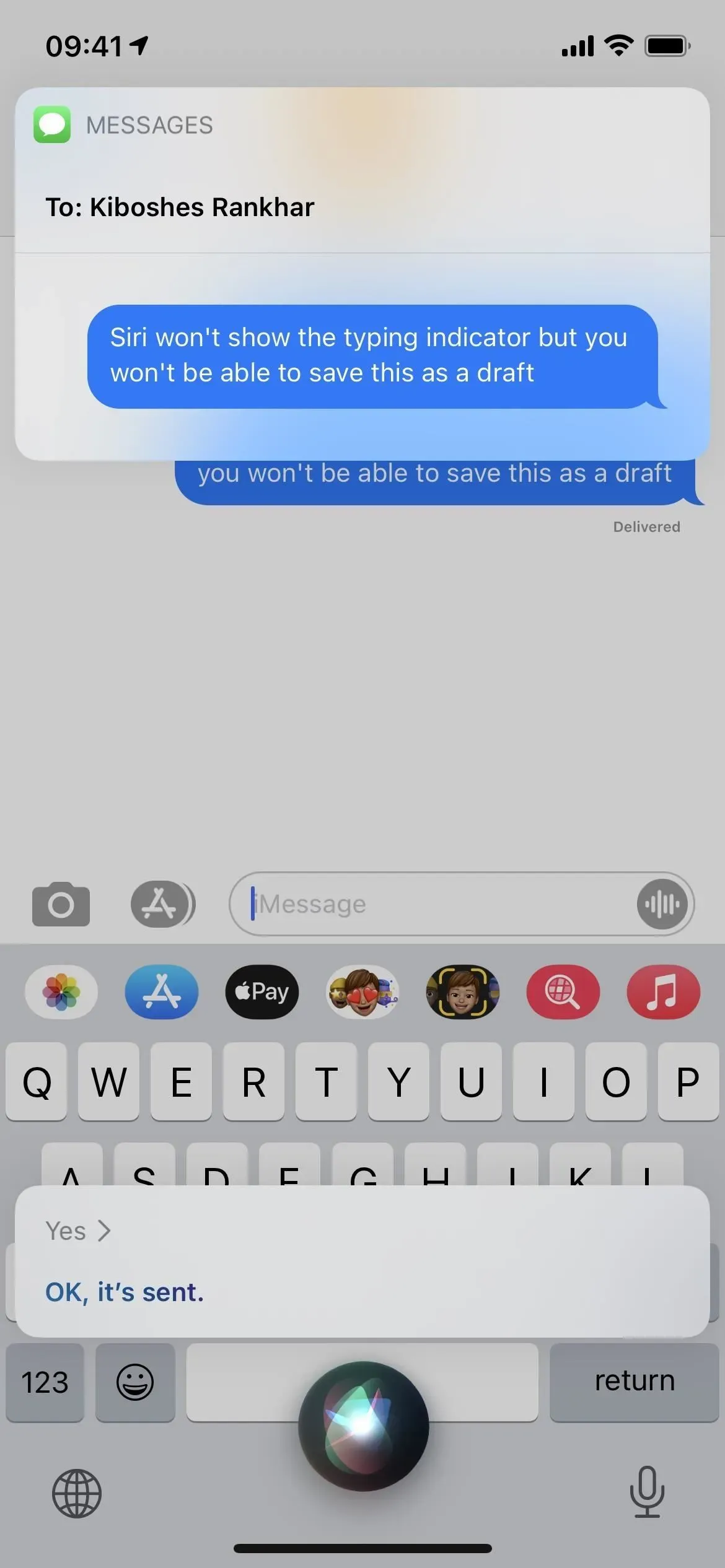
Option 6: Edit Your Last Answer
If your iPhone is running iOS 16, you can long press on the last message you sent and edit it if it’s been less than 15 minutes since it was sent. When you edit a sent iMessage, the typing indicator won’t show up at all on the other end, whether they’re also running iOS 16 or have the older iOS 15 installed.
You can change or add a sent message five times within the 15-minute allotted time. If the other person is using iOS 15, they will receive separate new messages for each edit, while iOS 16 users will see the same message change. Either way, iMessage will notify the recipient that you’ve edited the message. Both of you will also be able to see the edit history.
- More Info: Edit Sent iMessages to Fix Spelling Mistakes and Other Errors
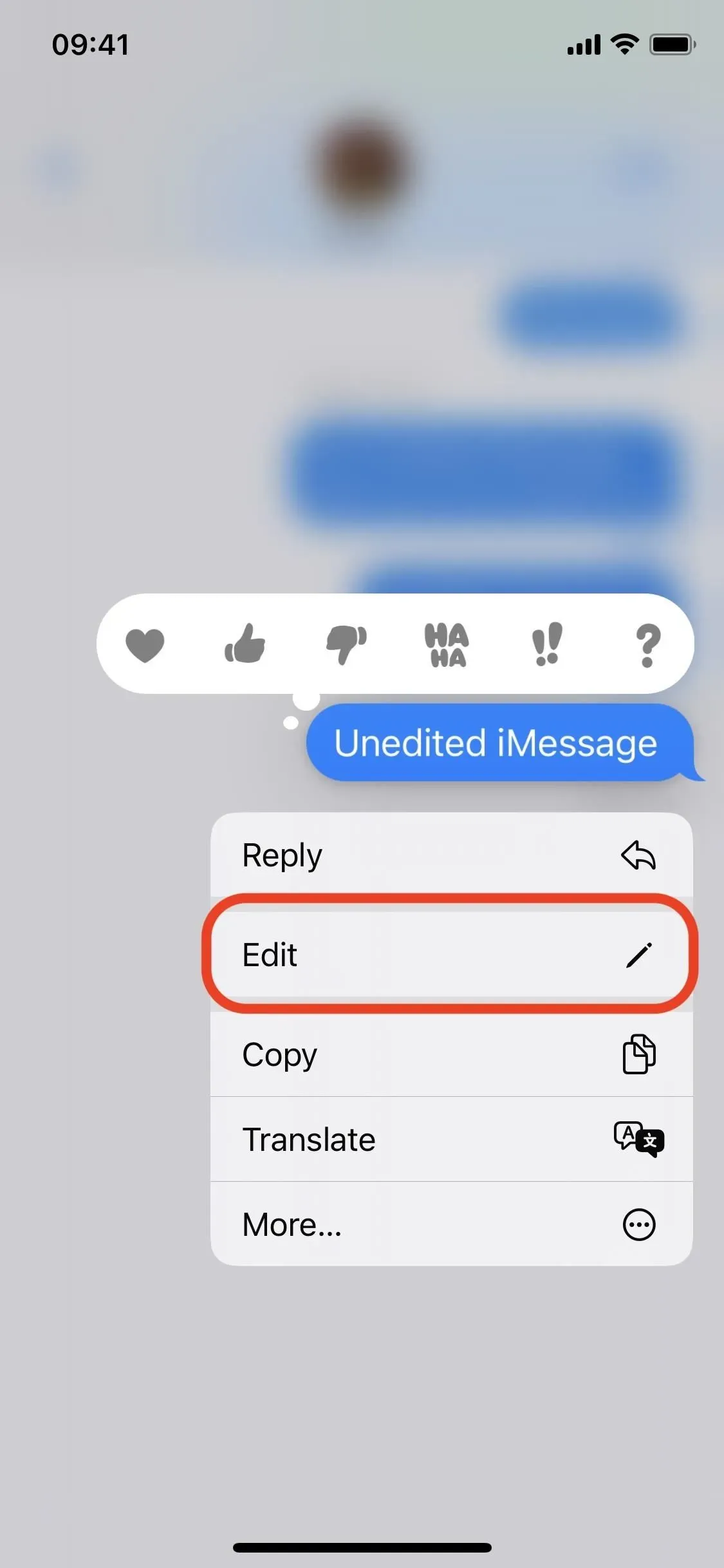


Option 7: Wait a while to reply to them
The text bubble won’t pop up every time you reply to someone’s iMessage. If you haven’t written to them recently, the first response will usually not give you away, but any immediate subsequent ones will. If you need to continue messaging after the first reply, please wait a bit before sending the next text. I found at least five minutes to be sufficient.
Are there other ways?
Not that I saw. But let me know if I missed one. Dictation (the microphone button in messages) will not prevent the recipient from showing the tooltip, nor will using voice control or a third-party keyboard. Force closing messages won’t even work. But there may be other ways to hide the tooltip from the people you’re messaging with; we just have to find them first.
Leave a Reply